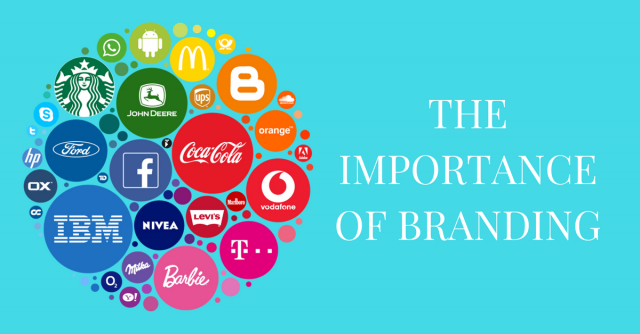Decades ago, branding was defined as a name, slogan, sign, symbol or design, or a combination of these elements, that distinguish one company, product, or service from another. Today, brand stewardship is more complex and even more important.
What Should a Brand Do?
Branding is not just about getting your target market to select you over the competition. It’s also about getting your prospects to see you as the sole provider of a solution to their problem or need. In its essence, branding is a problem-solver. A good brand will:
- Clearly deliver a message
- Confirm the brand’s credibility in the marketplace
- Emotionally connect target prospects with a product or service
- Motivate the buyer to make a purchase
- Create user loyalty
Branding and Understanding Your Customer
To succeed in branding, you must understand the needs and wants of your customers and prospects. You can achieve this by integrating your brand strategies throughout your company at every point of public contact.
Think of branding as though your company or organization were a living, breathing person. Imagine this person explaining who they are, why they’re valuable, and what they specifically have to offer.
As consumers begin to identify with you, your brand will live in the hearts and minds of customers, clients, and prospects, and they’ll connect on an emotional level.
The Importance of Branding and the Three Key Questions
Your brand is the source of a promise to your consumer. If you’re billing yourself as the manufacturer of the longest-lasting light bulb, your brand has to live up to that.
It’s important to spend time researching, defining, and building your brand.
In developing a strategic marketing plan, your brand serves as a guide to understanding the purpose of your key business objectives and enables you to align the plan with those objectives. Branding doesn’t just count during the time before the purchase—the brand experience has to last to create customer loyalty. You can create that by answering these three questions:
- Did the product or service perform as expected?
- Was the quality as good as promised or better?
- Was the entire customer experience positive?
If you can get positive answers to these three questions, you’ve created a loyal customer.
Beyond Loyal Customers
Branding not only creates loyal customers, but it also creates loyal employees. A quality brand gives people something to believe in and something to stand behind. It helps employees understand the purpose of the organization they work for. They feel like they’re a part of something significant and not just a cog in a wheel.
A Basic Checklist to Evaluate Your Brand
How do you know if your brand is strong enough to give you the internal and external value that you need? Start by asking yourself the following:
- Does the brand relate to my target audience? Will they instantly “get it” without too much thought?
- Does the brand share the uniqueness of what I am offering and why it’s important?
- Does the brand reflect the promise made to my target audience and hold value for my internal audience?
- Does the brand reflect the values that I want to represent to my customers?
Let these questions serve as a guideline in the development of your brand. If you’re not sure about the answers then you may want to revamp your branding efforts.







